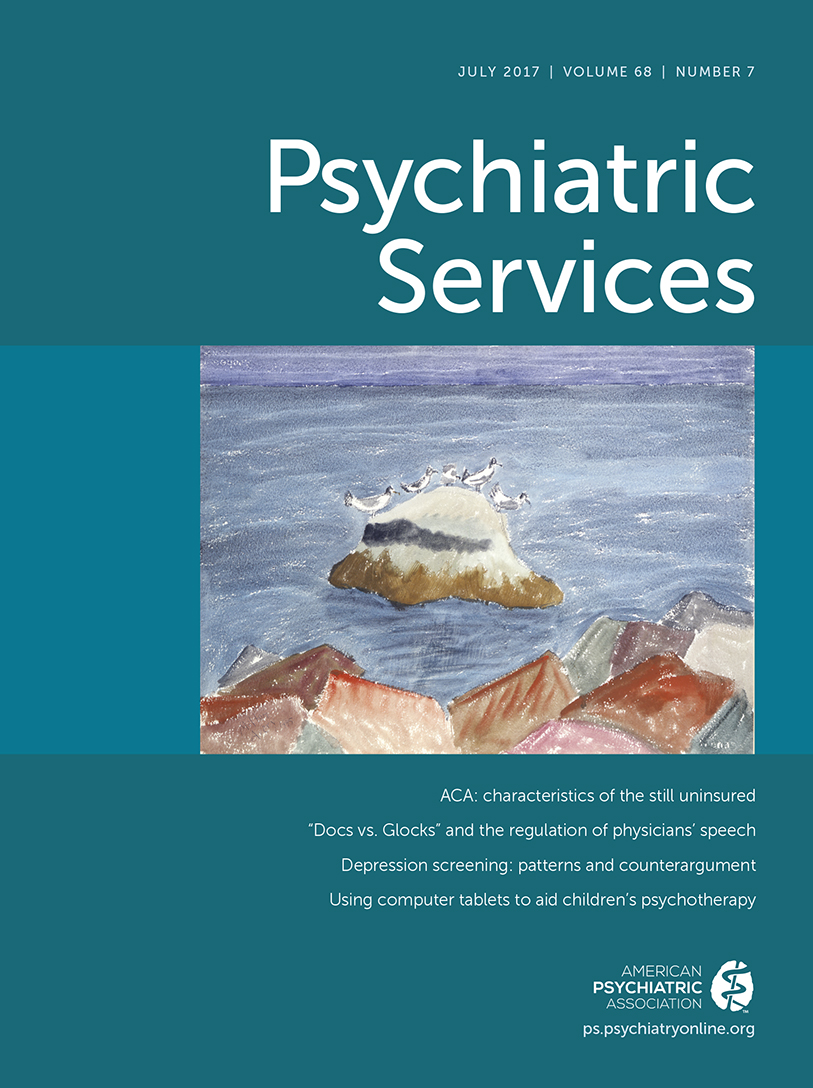National Rates and Patterns of Depression Screening in Primary Care: Results From 2012 and 2013
Abstract
Objectives:
Despite high prevalence rates of depression in primary care, depressive symptoms are often undetected by physicians. Screening for depression is now recommended as a part of routine primary care; however, recent estimates of rates and patterns of depression screening are lacking in the literature. This study examined national rates and patterns of depression screening among visits to office-based primary care physicians.
Methods:
A secondary analysis of data from the 2012 and 2013 National Ambulatory Medical Care Survey was conducted. The sample consisted of 33,653 physician-patient encounters.
Results:
The overall rate of depression screening was 4.2%. African Americans were half as likely to be screened compared with whites, and elderly patients were half as likely to be screened compared with middle-aged patients. Patients with a chronic condition were more likely than patients without a chronic condition to receive depression screening, and the likelihood of being screened increased with each additional chronic condition. Providers who had fully adopted electronic health records (EHRs) were more likely to screen for depression compared with providers who used paper charts. Screening rates were not associated with providers’ intentions to participate in the federal program that provides financial incentives for the meaningful use of certified EHRs.
Conclusions:
Overall rates of depression screening were low. Current screening practices may exacerbate existing disparities in depression care. EHR systems may be an effective tool to improve screening rates.



